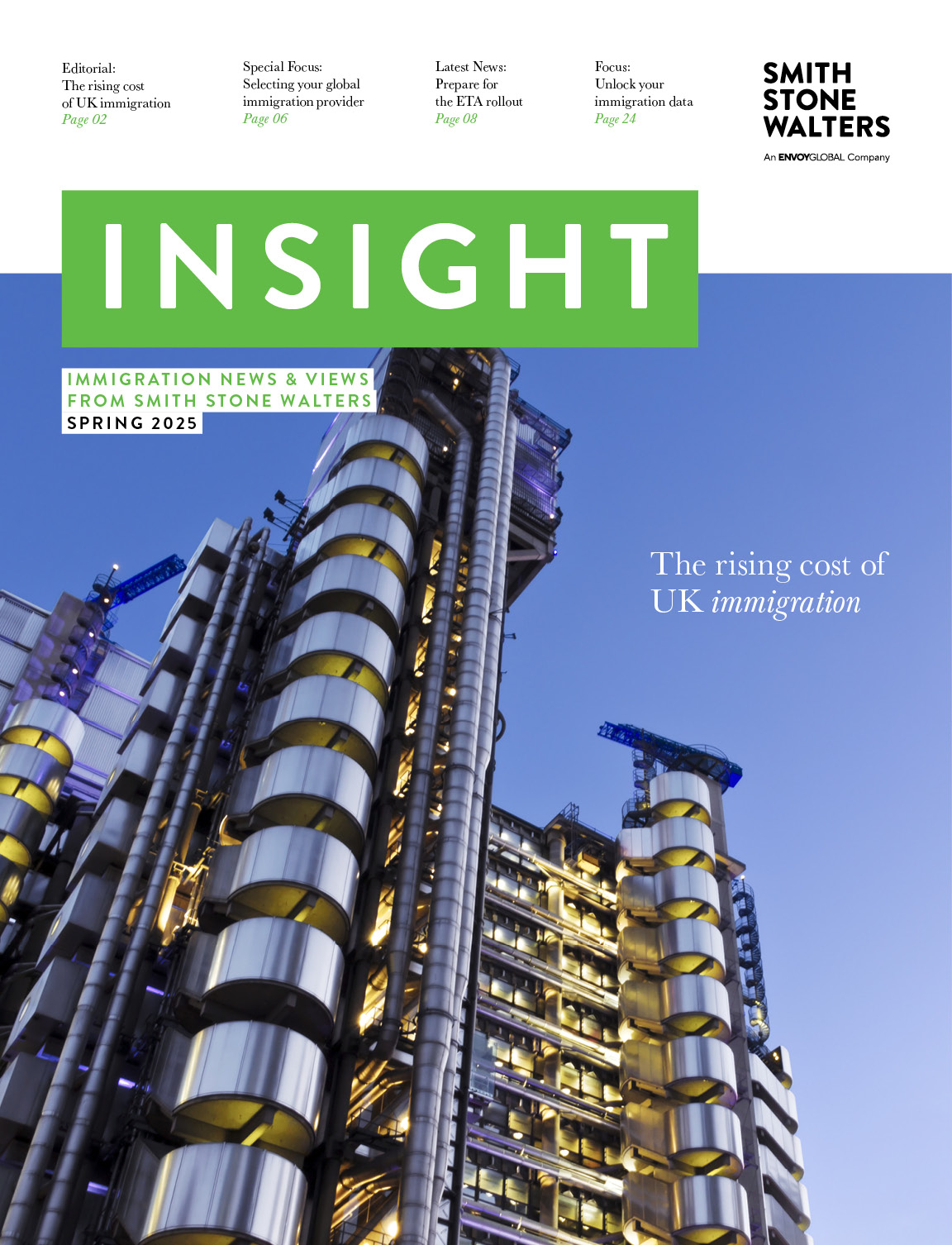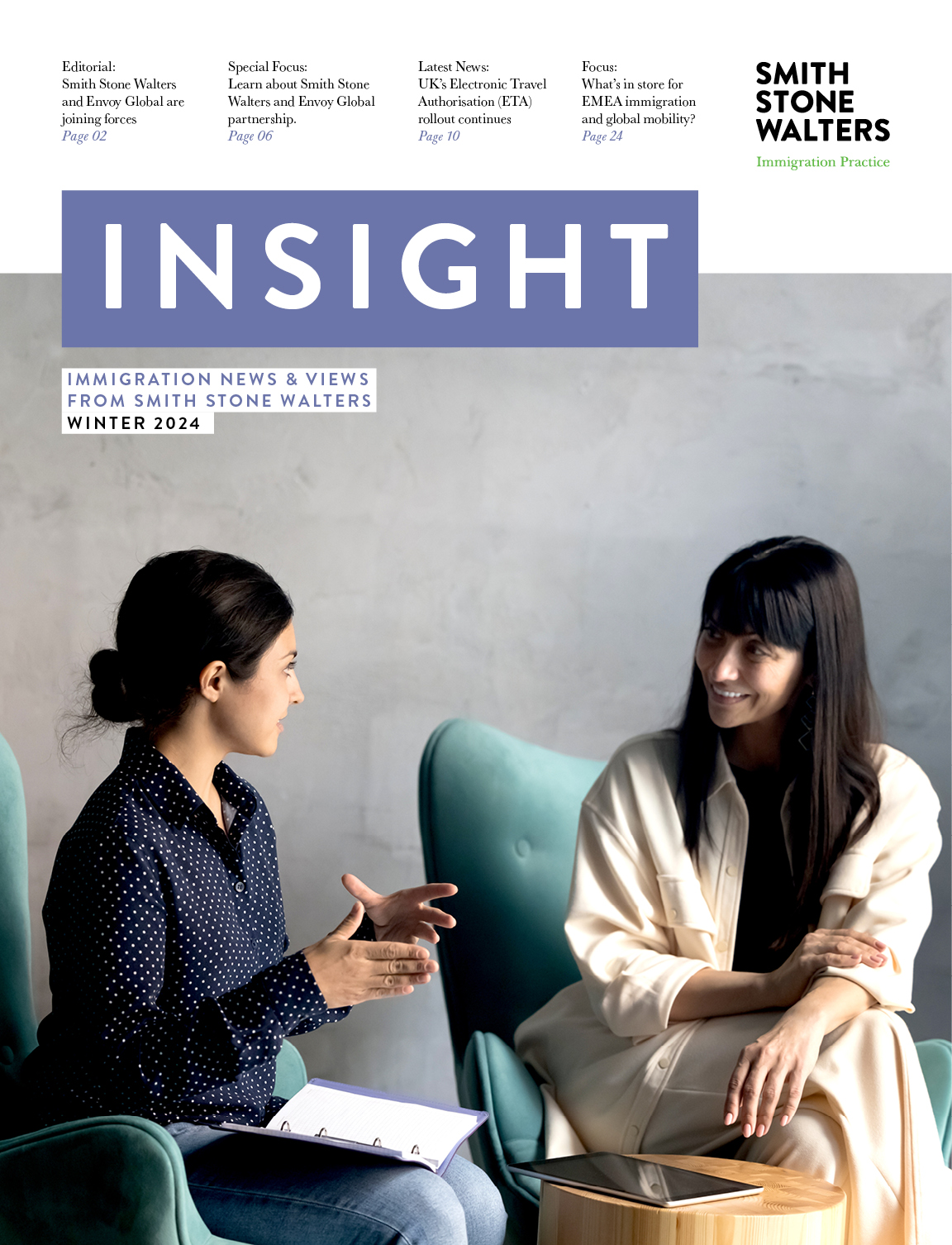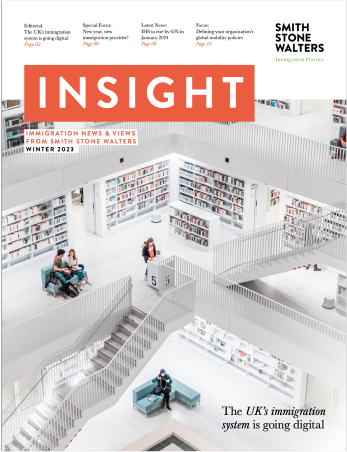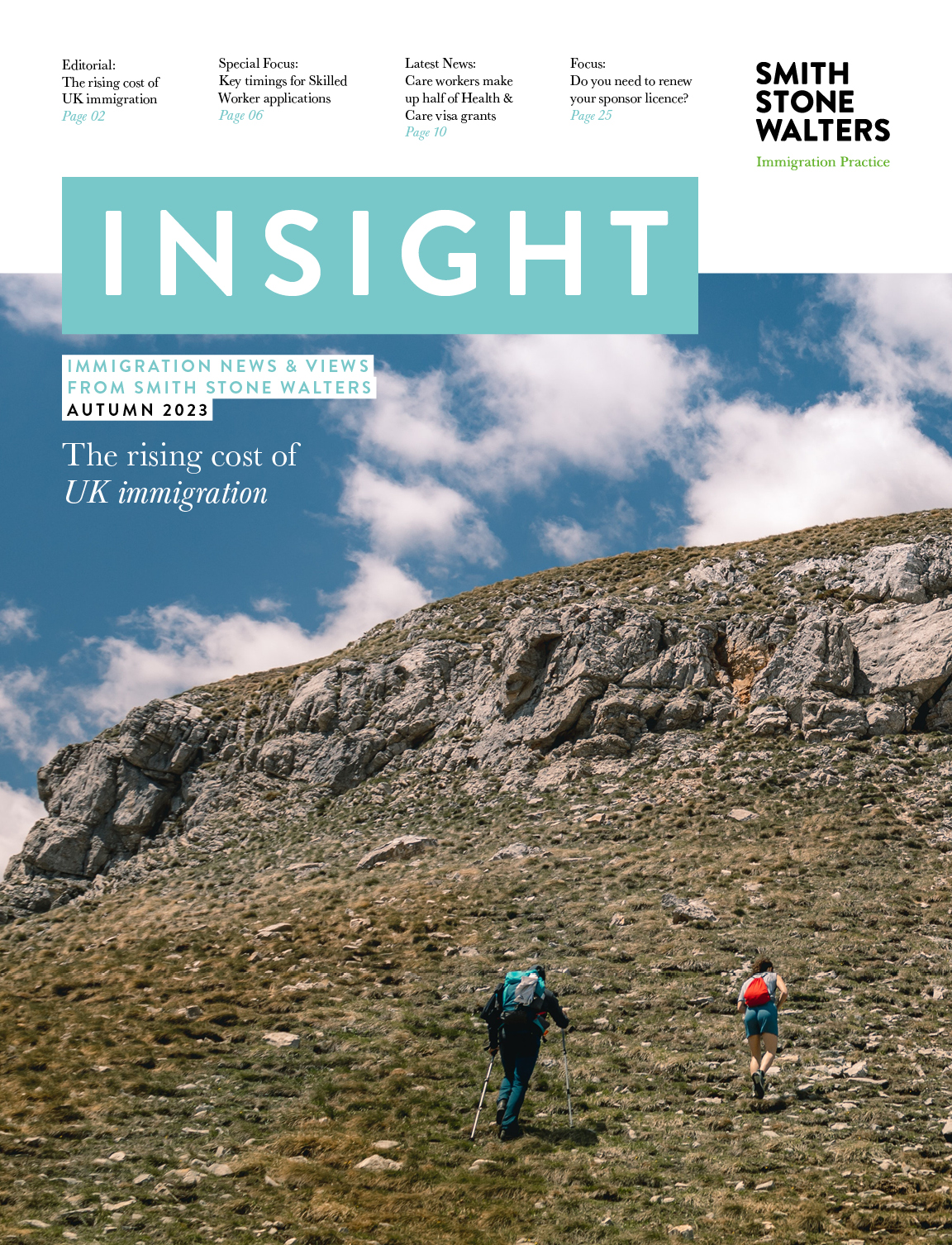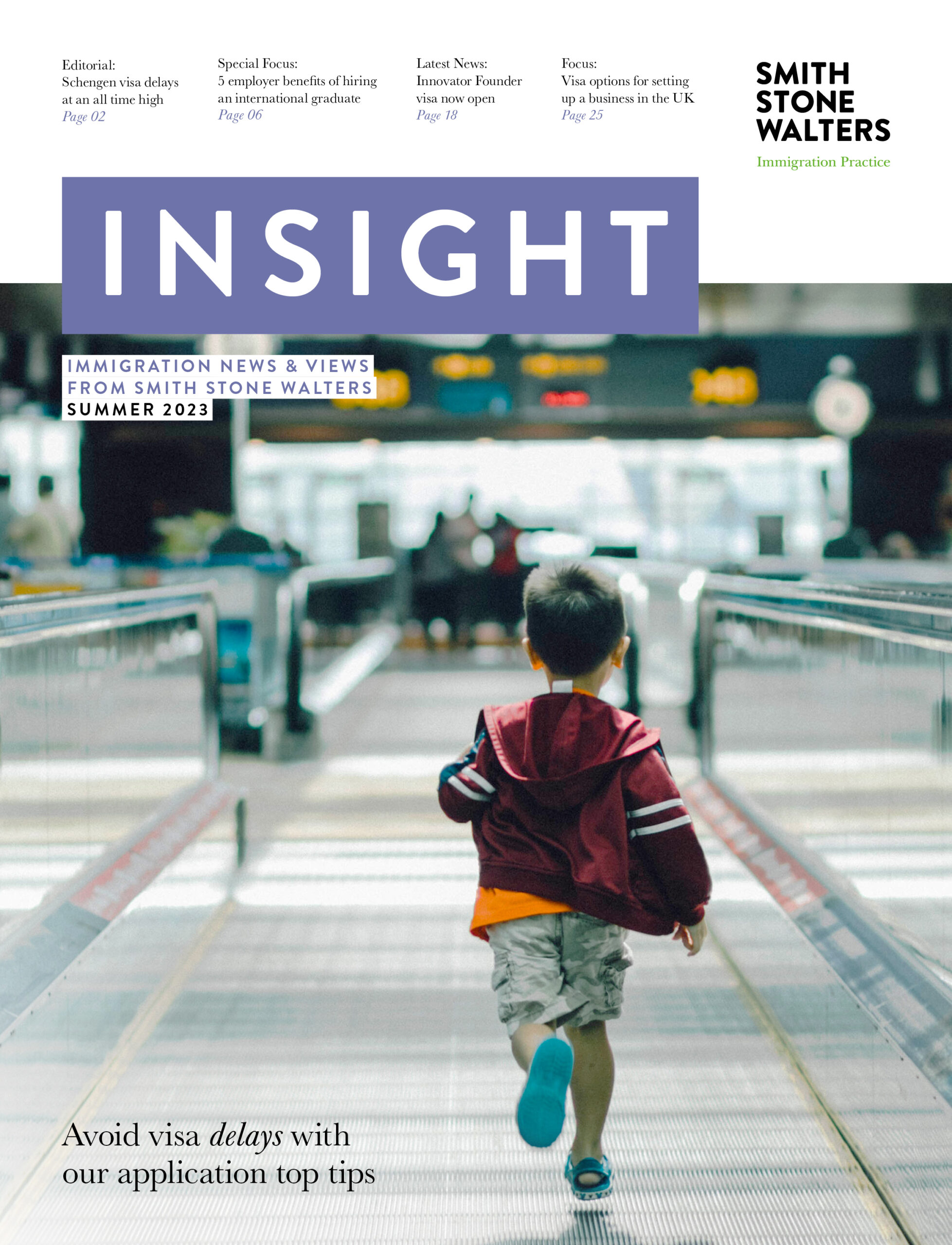Lessons still to be learnt in education recruitment
Recruitment in education is in ‘crisis’. That’s according to the leaders of the main teaching unions, who have written to Education Secretary Damian Hinds and Home Secretary Sajid Javid with a plea to add all teacher vacancies to the ‘shortage occupations’ list.
Because of the monthly migrant cap, foreign-born teachers are being refused Tier 2 skilled worker visas, as applications are severely over-subscribed. This has pushed up the minimum salary threshold required to obtain a visa to over £50,000, thereby excluding the vast majority of teaching applicants.
The letter says:
‘In some instances, this has prevented schools from awarding jobs to talented teachers from abroad – having already found it impossible to fill a vacancy via domestic recruitment.
‘In more troubling cases, international teachers already working in the UK have been forced to leave the country because they have been unable to obtain a new visa. The rules have created teacher-less classrooms and have torn relationships apart.’
‘Mr Javid, while the measures you have announced exempting doctors and nurses from the monthly cap will improve the situation, experts still fear that teachers could struggle to get visas’, it concludes.
The letter also launched the #Letthemteach hashtag for social media, to highlight specific examples, like that of Cassandra Loj.
She is a head of year at Brakenhale secondary school in Berkshire, and has worked in this country for three years. Ms Loj will be forced to leave the country in August if her visa request is not accepted.
Brakenhale has been advertising her post for the past three months, but they have not received a single domestic application. Ms Loj’s head teacher said: ‘to lose an excellent teacher because of ill-thought-out and misguided government policy is criminal.’
The problems in education have emerged over years and have various causes.
Firstly, there are many more pupils needing a school place than last year – 66,000 in total in England. Secondary schools in particular are noticing the baby boom of the early 2000s, with 35,400 extra places.
Compounded with this increase, there is an ongoing and profound shortage of teachers. The number of those working in state schools has declined to its lowest level for five years.
The education unions predict that, by 2024, they will need an additional 47,000 people to fill secondary school posts, and 8,000 for primaries.
Maths, physics, computer science and Mandarin are currently listed as ‘shortage occupations’ and are prioritised for a Tier 2 visa every month. But other subjects and primary jobs are not on the list. As a result, schools have been forced to recruit those who not meet the desired academic attainment.
The Department of Education published statistics last month that revealed that two in five physics teachers have only reached A-level grade themselves, while a third of geography, history and chemistry teachers do not have a degree in their subject.
Geoff Barton, general secretary of the Association of School and College Leaders, said:
‘These teachers often do a great job, but it is far from an ideal situation and parents will rightly want their children taught by teachers who are specialists in their subjects.”
Lastly, there is a difficulty in retaining experienced and well-qualified teachers, whose salaries have been under a public sector pay cap since 2010.
Dr Mary Bousted, general secretary of the Association of Teachers and Lecturers said:
‘We are losing teachers too quickly, undoubtedly because the government is burning them out with an excessive workload and they can earn more and have a better work-life balance in another profession.’
The Department of Education responded:
‘We are building on our strategy to drive recruitment and boost retention of teachers, working with the unions and professional bodies, and pledged to strip away workload that doesn’t add value in the classroom.’


